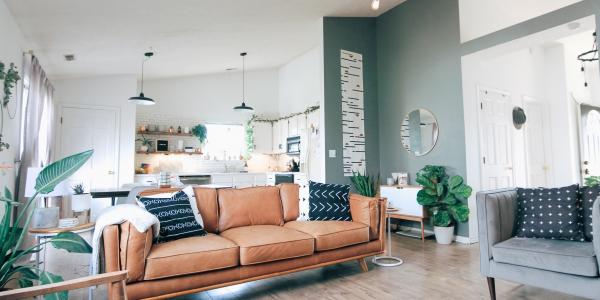Crafting an Effective Design Brief for Your Architect
When embarking on a new construction or renovation project, one of the most crucial steps before breaking ground is creating a comprehensive design brief for your architect. This document not only serves as a roadmap for your project’s vision but also ensures that all parties involved are aligned from the start. Here’s how you can craft a design brief that will lay the foundation for a successful collaboration with your architect.
Understanding the Importance of a Design Brief
A design brief is essentially a detailed description of what you want to achieve with your project, including your functional and aesthetic requirements. It acts as a communication tool between you and your architect, helping to minimise misunderstandings and streamline the design process. With a well-crafted brief, your architect can develop a design that not only meets but possibly exceeds your expectations.
A Step-by-Step Guide to Creating Your Design Brief
- Define Your Objectives: Start by outlining what you hope to achieve with the project. Are you looking to build a new home, renovate an existing structure, or perhaps you’re initially just wondering how much does it cost to knock down a house and start anew? Understanding your ultimate goal helps set the direction for the project.
- Set Your Budget: Early on, establish a clear budget. This is crucial for your architect to know what materials and design features can be included within financial constraints.
- Describe Your Style and Preferences: Share images, sketches, or descriptions of styles you prefer. Whether it’s modern, minimalist, or something more eclectic, giving your architect a clear sense of your aesthetic helps them create a design that reflects your personal taste.
- Detail Functional Requirements: How many rooms do you need? What kind of spaces are you looking for (e.g., home office, gym, outdoor living area)? Be specific about the functionalities you expect in your new space.
- Consider the Future: Think about how your needs might change over time. Designing with flexibility for future modifications can be more cost-effective than having to start from scratch later.
- Communicate Your Timeline: If there’s a specific deadline for when the project needs to be completed, make sure this is clearly communicated in the brief.
- Include Site Information: Provide details about the site where the construction will occur. Information about soil quality, topography, existing structures, and any legal restrictions can significantly influence design decisions.
- Sustainability and Technology: If sustainability is a priority, specify this, and discuss options such as energy-efficient appliances or solar panels. Similarly, if you want your home to have smart technology, list these requirements.
- Get Feedback and Refine: Share your initial brief with your architect and be open to suggestions or adjustments based on their professional experience and technical constraints.
What About Collaborating with Your Architect?
Once you’ve created your design brief, your architect will use it as a guideline to propose solutions and create preliminary designs. This stage is collaborative; be prepared to discuss, tweak, and sometimes even overhaul aspects of the design to better suit your vision or adapt to unforeseen constraints.
Creating an effective design brief is a vital step in ensuring that your architectural project aligns with your vision, budget, and functional needs. By taking the time to thoroughly detail your requirements and preferences, you not only facilitate a smoother design process but also help your architect produce a result that you’ll be satisfied with for years to come. Good luck!
More to Read:
Previous Posts:




